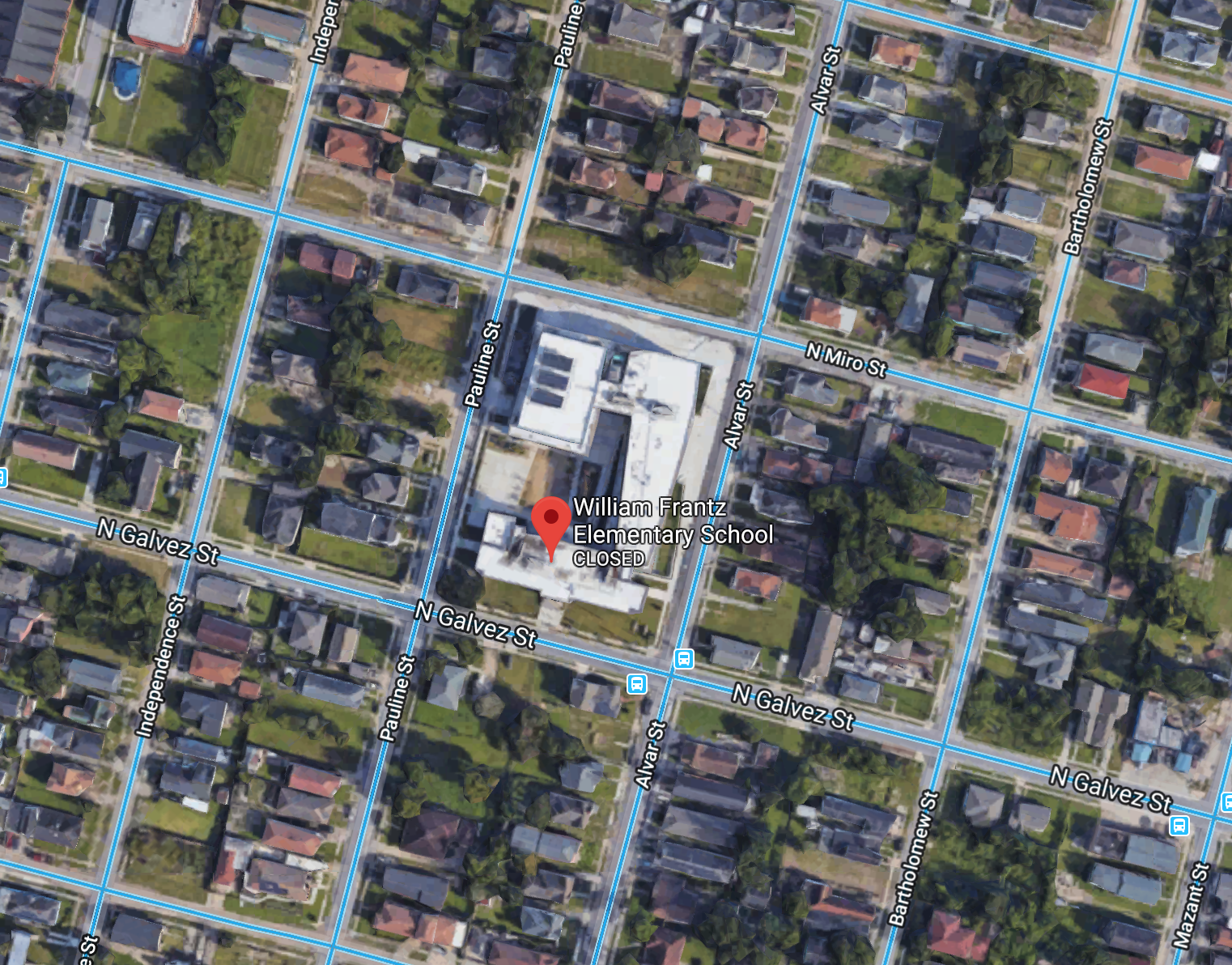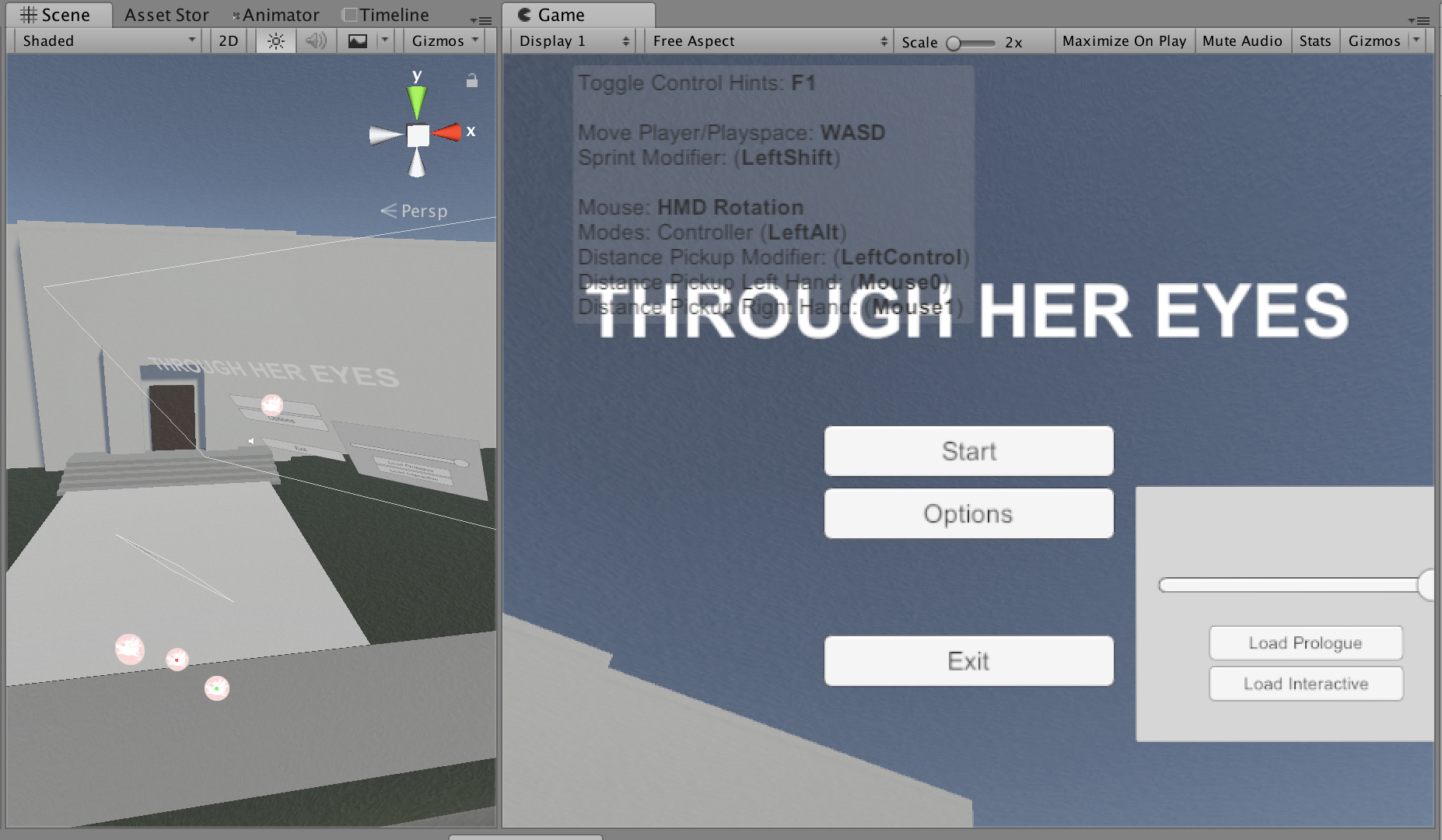Tori and I were able to discuss the notes I made last week on the flow of the project, and were able to finalize our plans for the next six weeks of development.
Notes from planning out the experience structure.
We sat down together and discussed the flow of the experience that I had outlined. The first thing the user experiences is a start menu, with a start, quit, and options button. Upon pressing start, there's a transition in which the scene fades to black and displays the date and time to set the scene. Our feedback here from Maria was to provide other information to place the user in the experience by providing more background information, so we will be building on that and displaying more information about the story during the transition through audio and images.
After the transition, the scene fades back in with the user as Ruby. This is a passive experience with no navigational control available. The user will start at the sidewalk, and experience Ruby's walk up to the door with the teacher. We debated the option of even giving the user menu control, or the ability to exit the experience- functionally, I think it could be detrimental and difficult for the user to have to force quit an experience in order to restart in case something went wrong. We'll be getting Alan's opinion this and other questions regarding gamified elements later this week.
From there, we transition into the Interactive Mode where the user respawns with an objective placement on the map. They are not part of a particular group, but initially respawn as an outside impartial observer. The scene with Ruby has restarted, and they will view the walk they just took from other areas in the scene. The user has full navigational abilities. The animation will begin as they collect icons, prompting the user with a question, fact, or experience to witness. The idea being that the user moves along with Ruby, but avoids being constricted into a linear gameplay by being given the choice to pursue the icons in whichever order they desire. They will also have the ability to replay each checkpoint from a secondary menu.
Further questions we asked had to do with the avatar of the player. When starting the Prologue, the player is seeing from Ruby's perspective and will be embodying her avatar. After that, what would the player's avatar look like? Would they even have one? I've been considering these questions with the Proteus effect discussed last week, and thinking about how this visualization would change the experience for the use.
Following more critique from Maria, we're moving forward with crafting the Prologue experience first. This week I did some research on the area and sketched a rough map of what our prototype will look like. William Frantz Elementary School has been restored as a historical site, and though it has a new academic center attached to it, the original building and neighborhood have changed very little from 1960 to now. I tried to keep the general shape of the building and placement of nearby streets/houses historically accurate for the prototype.
Sketch of map for 6 week prototype.
I began working on the framework for the experience in Unity. I built the general environment, set up the player camera/controllers using SteamVR and VRTK, and started putting together a functional menu system to transition between each scene.
Tori is going to be working on adding the animations captured in the last prototype to the scene, and choreographing their interaction. Once they're added in, I'll be making sure the cameras attach to Ruby's character for the Prologue and work on the animation controls for the interaction scene. For now, our priority is going to be completing the prologue experience and getting those elements functional.
The theoretical framework for this project has been a work in progress, but I've been narrowing down the key theories and concepts we're working with. Most of what I've been examining has come from self perception theory, learning theory, and gamification. When presenting for critique, the feedback I received was to be less specific with the framework. I have plenty of information on the psychological aspects and even some on game theory, but very little on virtual reality itself. I'll be doing more research this week to fill those gaps. I have been told to read Art as Education by John Dewey by several professors and classmates. I'll be adding this to my reading list as well.
Current breakdown of theoretical framework.
NEXT:
Finishing up framework for the whole project build.
Functional Ruby experience in the Prologue
Transitions between scenes started.
Main menu complete with options.
Research





